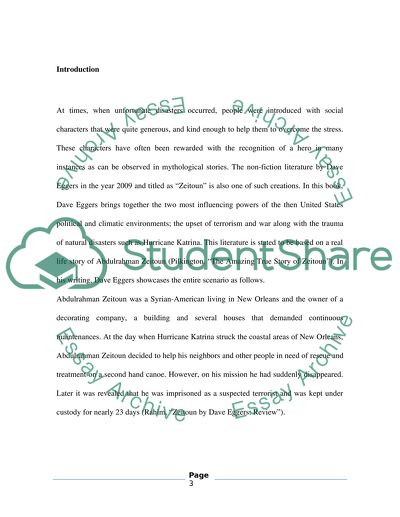Cite this document
(“Dave Eggers Zeitoun As A Hero Myth Admission/Application Essay”, n.d.)
Retrieved de https://studentshare.org/literature/1391271-dave-eggers-zeitoun-as-a-hero-myth
Retrieved de https://studentshare.org/literature/1391271-dave-eggers-zeitoun-as-a-hero-myth
(Dave Eggers Zeitoun As A Hero Myth Admission/Application Essay)
https://studentshare.org/literature/1391271-dave-eggers-zeitoun-as-a-hero-myth.
https://studentshare.org/literature/1391271-dave-eggers-zeitoun-as-a-hero-myth.
“Dave Eggers Zeitoun As A Hero Myth Admission/Application Essay”, n.d. https://studentshare.org/literature/1391271-dave-eggers-zeitoun-as-a-hero-myth.


